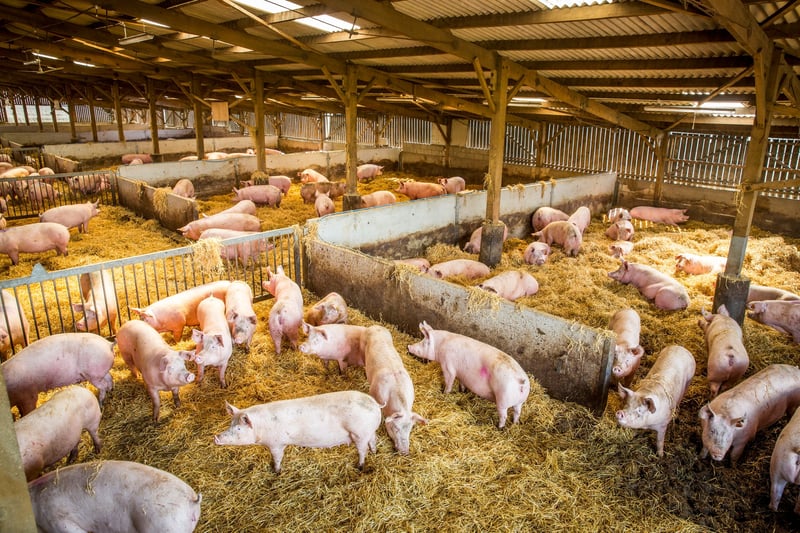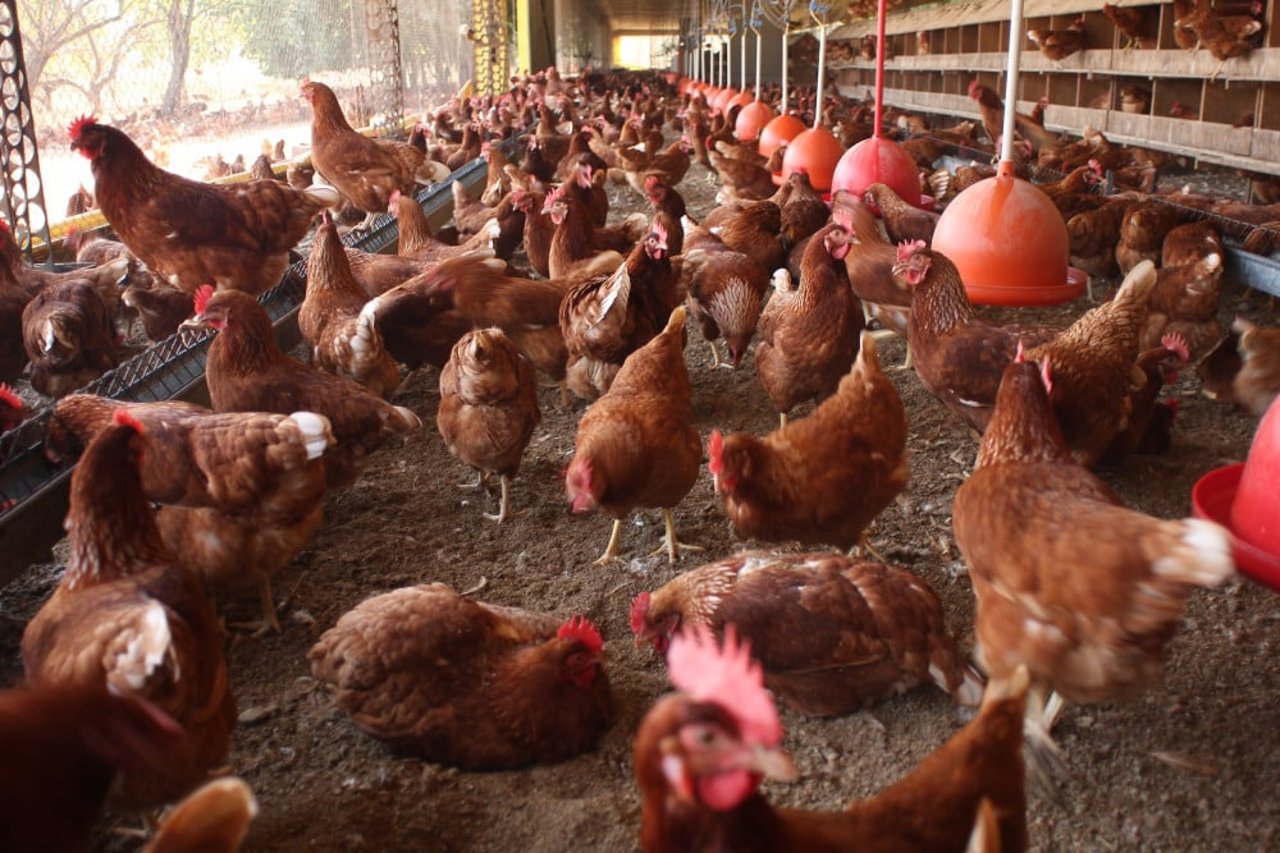
I’m standing in the middle of a pig shed. To my left and right, I see row after row of tightly packed sows and their squealing piglets.
The building is a sorry sight – hard, featureless, sometimes barely visible in the dim light. I want to leave, except I’m not actually “there”. Welcome to the curious world of virtual reality.
The real rise of virtual
Virtual reality (or VR) is widely tipped to be the next big thing in digital, with billions of pounds being invested in the technology. Behind the complex science and gadgetry, there’s a fairly simple concept – a specially designed headset that allows the user to experience a 360-degree virtual world. As you turn your head, your viewpoint shifts to reveal the environment around you.
Not just for gaming
Immersive computer games are an obvious market, but there are also huge opportunities in sectors such as healthcare and education. And then there’s the opportunity that really interests me – the use of VR to bring causes such as animal welfare to life. To take complex, remote issues – such as farming – and make them as real as possible without having to be there for real.
The use of VR to bring causes to life is already happening. In one widely reported example, Amnesty brought the civil war in Syria to the UK high street, using VR to give UK shoppers an experience of life in the war-torn country. The effects were tangible – Amnesty reported increased engagement with the issue, with some more likely to donate as a result. Despite being a one-off example, the results are interesting; VR may be a useful tool to deepen public engagement and boost action on some of the world’s most pressing challenges.
Bringing the farm to the people
And this brings me back to my VR experience with the pigs, created by another NGO to highlight the poor conditions on some of the most intensive farming operations. Could it be the start of a broader trend for immersive experiences that bring you closer to your food?
Time and time again, public opinion polls suggest that people care deeply about farm animals – take the European Commission’s 2016 Eurobarometer survey, which suggests that 94% of EU citizens believe that the protection of farm animals is important. Unfortunately, this positive attitude doesn’t necessarily translate into action; there is still a huge market for meat, milk and eggs that have been produced using methods that cause huge animal suffering. There are many reasons for this – such as a lack of information and misleading labelling – but one of the most significant challenges may be our “farm-to-fork” disconnect; most of us simply don’t know how our food is produced.
A VR experience could certainly help to reduce this disconnect when it comes to animal suffering, giving you an animal-eye view of life on the farm. Take a chicken, for example – this amazing animal is the most farmed land animal on the planet but it’s often lost in a “sea of white” alongside the thousands of other chickens that live in the same shed. You could use VR to help tell the story of an individual chicken, letting people see what it’s like to spend your whole life crammed into a shed without any natural light or things to do.
And it’s not just about the dark side of farming of course – you could use VR to show what better farms look and feel like (although arguably a visit to a real farm would be a more powerful experience!).
Hens at this free-range, organic farm in Brazil have up to five times more space than those kept in cages
What is the future for VR?
The use of VR to raise awareness of issues such as farm animal protection is not without its challenges. During my pig VR experience, some people had to remove the headset after a few minutes, finding the video too disturbing to watch. There’s also an assumption that these experiences actually change attitudes or behaviours – sadly, that’s not always the case, and there’s a risk that you might end up “preaching to the converted”.
And then there’s the technology itself. The best headsets are eye-wateringly expensive at the moment, and the intimacy that makes for such an immersive experience means that you can’t use it to communicate with many people at once. Some users have also suffered from motion sickness, which implies that there may be a few teething problems that still need to be sorted. And then there’s the argument that it’s not as realistic as first thought – you’re still only getting sight and sound at the moment. What about touch or smell?
So VR is unlikely to be a silver bullet for our cause. But it could be a really useful tool to bring the lives of the animals we farm to life. VR has already come a long way in just a few years, and if the costs come down as predicted then you’ll likely be seeing a lot more of it in years to come. We’ll be watching with interest.
And of course futuristic digital technology isn’t the only tool being used to improve farm animal welfare – read about the work we’re currently doing to protect billions of farm animals.
